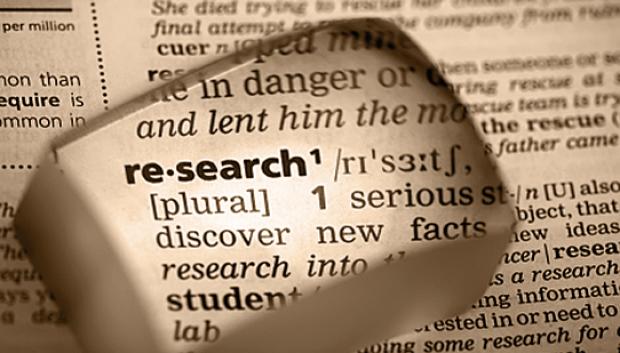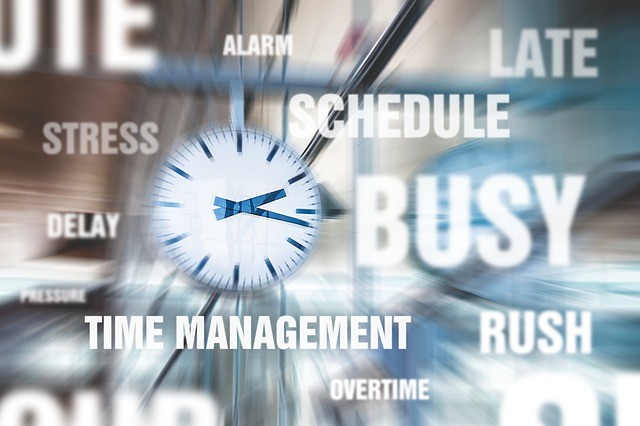
Many of us have been thrown head-first into a virtual classroom. Some classes are a bit more conducive to an online learning environment. Unfortunately, English isn’t necessarily one of those classes. While high school English may have included reading assignments followed by quizzes, college English courses are normally much more discussion focused that require critical thinking about large issues and formulating independent thought through writing. Fortunately, our own Writing Center is still here at MCC — for now, virtually — to help students with their coursework. For students taking an online English course, you might have to take extra steps, such as working with your Writing Center, to ensure your success. Read on to learn some additional ways to ace your virtual English course.
Know Your Learning Management System
First things first: you’ll need to understand how to navigate your institution’s learning management system (LMS). This is where your virtual classroom will be housed, and will most likely be either Blackboard or Canvas. If you’re in a virtual learning environment, your instructor will electronically post the class syllabus, required books, unit assignments, essay guidelines and requirements, discussion questions, and other class-related info. If you’re not familiar with the LMS, take some time to play around with it before class begins.
Read All Material

The very first thing you should do — whether your class is in-person or remote — is READ THE SYLLABUS. This is one of the chief complaints of college instructors. You have no idea how many memes are floating around online about this. But if you’ve never had a syllabus in high school, how would you know how important it is, right?
The syllabus will contain essential information such as class meeting times, grade scales, attendance requirements, assignment details and due dates, class policies — virtually all the info you need to succeed. If it’s not in the syllabus, it’s most likely found in the Units or Assignments links on your class’s main page.
Now that you’ve read the syllabus, you’ll want to locate the class readings. If your instructor has given a reading assignment, read it. Don’t think you can coast by without doing the readings. In college, you will quickly become lost during discussion when your instructor starts talking about the readings, and many college instructors post discussion questions — for a grade — online. So do yourself a favor and read what you’re assigned.
Take Notes
Your English instructor will often present a lecture for each class, either a pre-recorded lecture you can view at your leisure, or a live one that you’ll be required to be present for. If there is a lecture, take careful notes. Anything an English instructor takes the time to present a lecture about is something he or she wants you to hear and understand. Lectures are essential information.
If the lecture references the required reading, make sure you’ve read ahead of time so you know what he or she is talking about. In English classes, readings, lectures, and discussions will pave the way to your written assignments. If you’ve texted your buddies or listened to podcasts during lectures and not listened or taken notes, you’ll be lost when it comes time to do the work.
Engage in Conversations & Ask Questions

If you’re required to attend a live class, be engaged. Come to class with thoughts about the readings, ideas you’d like to brainstorm, or questions about the assignments. In college, it’s not enough just to show up. Most college instructors expect class participation, and give a grade to reflect students’ level of class contribution.
Many instructors are new to the virtual learning environment just like students, and they are hoping for — desperate for — engaged, vocal, contributing students. Those students who speak up and get their voices heard, even if it’s simply asking a question about the assignment, will get the attention of the instructor. Be an active listener, and engage in class discussion. If your scheduled class will be discussing assigned readings, jot down 3 or 4 thoughtful comments or questions you might raise in class. Being prepared will help you feel less nervous and confident when speaking remotely, and the more you do it, the more you’ll feel comfortable sharing your thoughts in front of others.
Show Up & Be Present
In a typical English class, there are students who sit in the back, keep their phone in their lap, try to disappear behind the crowd, and hope to never be called on. Then there are students who sit closer to the front, make eye contact with the instructor, leave their phone in their backpack, and engage in class discussion. Which student are you?
Now that we’re in a remote learning environment, students are actually on a more level playing field once inside the virtual classroom. Your instructor can’t differentiate between the student who hopes to hide out and the one who is engaged — until discussions begin. This is an opportunity to be present. Are you looking at your screen/instructor or classmates when they speak? What is your body language communicating, even if you’re not speaking? What are some other ways you can show you’re actively listening and engaged in the class?
Many of us are introverts (I’m one!), so in an in-person class, it’s sometimes stressful to speak up in class. But many shy or introverted students find a virtual environment much easier to manage. If you’re too nervous to speak up during a class session, try opening up the lines of communication with your instructor via email or discussion board. Even if you simply pose a question, your instructor will know you are present, you’re listening, and you’re trying.
Remote learning, especially an online English class, can be challenging for many students (and instructors!). You might be outside your comfort zone, but most likely, your instructor is too. Stay in close contact with your instructor, ask questions, stay engaged, and seek support via your Writing Center if you need it. You might find a virtual classroom can be a fun and stimulating change of pace!









